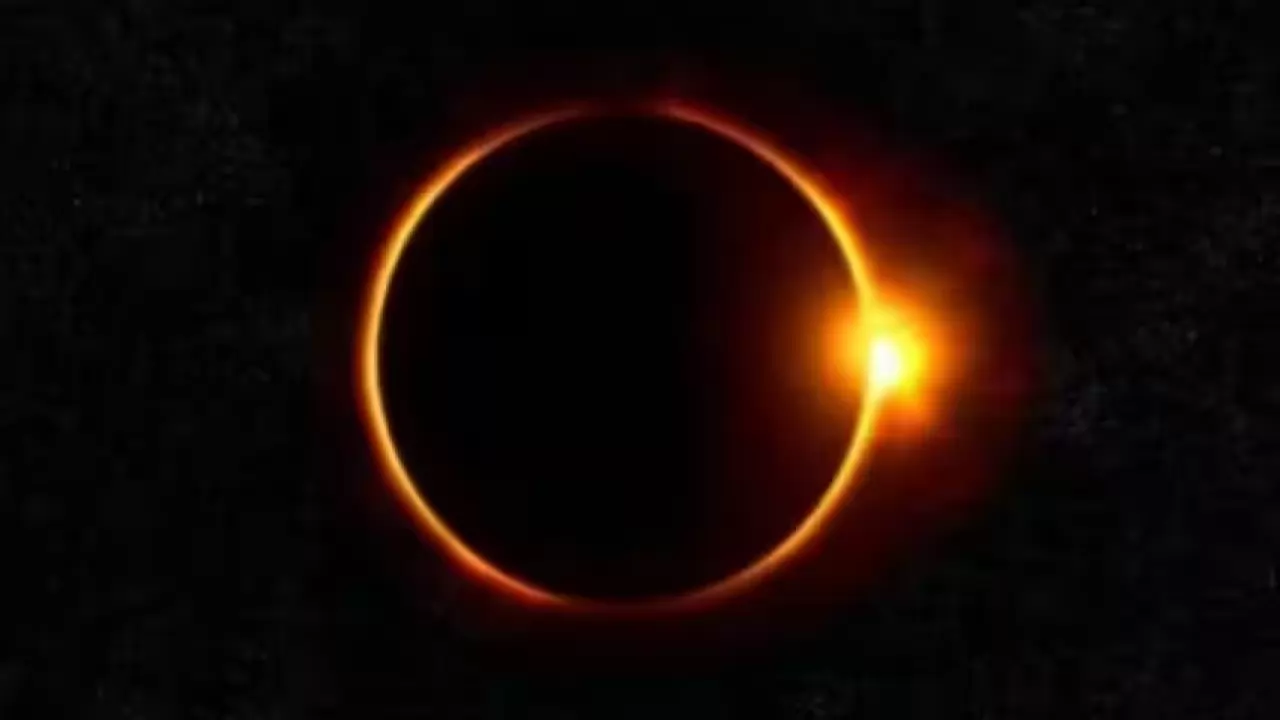
NASA is gearing up for an upcoming total solar eclipse on Monday, April 8, when the moon's shadow will sweep across a vast expanse of North America. In a bid to capture and study this rare celestial event, NASA is deploying two of its WB-57 jet planes, specially equipped with advanced instruments, to track the eclipse and delve into the mysteries of the Sun's outer atmosphere, known as the corona.
The primary objective behind NASA's chase of the solar eclipse is to unravel the enigmatic aspects of the Sun. The agency aims to gain deeper insights into the structure and temperature of the corona, understand the Sun's impact on Earth's ionosphere, and even detect hidden asteroids that are usually masked by the Sun's intense glare.
Bharat Kunduri, lead researcher overseeing ionosphere measurements and a research assistant professor at Virginia Tech in Blacksburg, Virginia, emphasized the significance of the eclipse as a controlled experiment. He stated, "The eclipse basically serves as a controlled experiment. It gives us an opportunity to understand how changes in solar radiation can impact the ionosphere, which can in turn impact some of these technologies like radar and GPS that we rely on in our daily lives.”
NASA's WB-57 jets play a crucial role in this endeavor. These jets are capable of ascending above cloud cover and atmospheric particles, soaring to altitudes of up to 50,000 feet above ground level. This altitude advantage allows them to capture high-resolution images in both visible and infrared light.
The jets will be timed to take off and fly precisely during the eclipse, attaining speeds of up to 740 km/h to elongate the duration of totality. Instead of the typical duration of around 4 minutes and 27 seconds, they will extend it by approximately 25%, providing roughly 6 minutes and 22 seconds of totality.
Shadia Habbal, a researcher at the University of Hawaii, highlighted the significance of extending the duration of totality, stating, “By extending the duration of totality, we're increasing the duration of how much data we can acquire. This light is our best probe short of sticking a thermometer in the corona."





Copyright © 2026 Top Indian News
